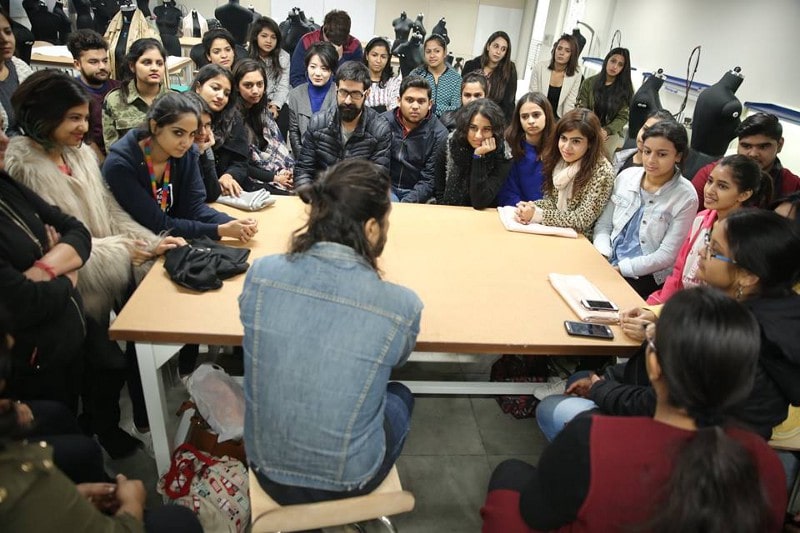Teaching and learning can be fun, interesting and an unforgettable experience. Beyond the array of degrees and diplomas, educational institutions can also vary in their beliefs about what education is, who should teach and how learning can be imparted. Faculty shape futures & life. They are the most crucial element in a professional institute since it is largely through them that learning is created, enabled and accomplished. Faculty competence, therefore, cannot be emphasized enough.
Traditionally, the following criteria and phrases are featured on technical portals for faculty:
a. Academic Speciality
b. Teaching Experience
c. Level of Education
d. Published Research
When determining acceptable qualifications of its faculty, an institution gives primary consideration to the highest earned degree in the discipline. The institution also considers competence, effectiveness, and capacity, including, as appropriate, undergraduate and graduate degrees, related work experiences in the field, professional licensure and certifications, honors and awards, continuous documented excellence in teaching, or other demonstrated competencies and achievements that contribute to effective teaching and student learning outcomes.
A New Way
The academic trajectory has changed for teachers. To develop today’s young aspirants into creative professionals there’s a LOT more than academic specialty that is required. In this age of knowledge abundance, the highest earned degree has lost its sheen. It’s not enough to inspire and empower students. This is most applicable in disciplines founded on innovation and creativity. Here, learning has to be continuous and in varied forms than just the pursuit of a degree.
A good teacher should be inspiring, provocative, motivating and most importantly, encourage students to push boundaries. They should be open, participative, insightful and willing to take risks with students. After all, it’s not just information but also attitude & life skills that mentors/teachers impart that will carry young designers through their life and work.
Professional competence requires a foundation of knowledge in traditional academic disciplines and in the art and science of teaching and learning. In a professional educational institution, a good faculty has to be a fine blend of academia as well as industrial knowledge. Some institutions actually prefer faculty members to continue their practice in their domain industry even as they pass their learning on to their students. Such faculty are a special breed — experts in their respective fields whether it is literature, design or science etc. and yet equipped with a profound understanding of teaching and learning. They enjoy a certain stature in the industry and are also competent in other areas.
In my experience, a few special qualities are essential to the teacher of today. After all, they are dealing with the professionals of tomorrow. Consider these:
Interested in People
What are the aspirations and needs of students? It’s essential for a good faculty to be interested in their students and understand them. Student-centered teaching is the essence of imparting knowledge. They have to see themselves as leaders of student learning.
Strong Collaborative Skills
At specialized professional educational institutions learning is a collaborative effort. Often, faculty works with colleagues from other disciplines on academic programs and projects for common goals. There is collaboration even within a team as well as the need to work with different kinds of people. It’s necessary therefore for the faculty to possess people skills. Design is a collaborative discipline and design education cannot be otherwise.
Agile Thinkers
In this age of fast technology, we require agile thinkers who are constantly exploring the edges of innovation and technology. More so in design education, which is verily founded on innovation and creativity. Design faculties thus are required to be innovators, leading thinkers, creative problem solvers and scholars.
Continuous Learners
A good faculty is a continuous learner, adaptable and seeking to develop their knowledge and experience. So even the best practice of today can be improved.
Positive Leadership
Belief that good things can happen, problems can be solved, hurdles can be overcome!
In a professional educational institution, it’s essential for good faculty to be a fine blend of academia and industry knowledge. Good teaching then is about effectiveness, personal performance and overall people leadership. It’s the quality and competence of faculty that is perhaps, the most distinguishing factor in the making or unmaking of an educational institution. At Pearl Academy this is a strong Differentiator.
(This article was first published on Medium.com)












